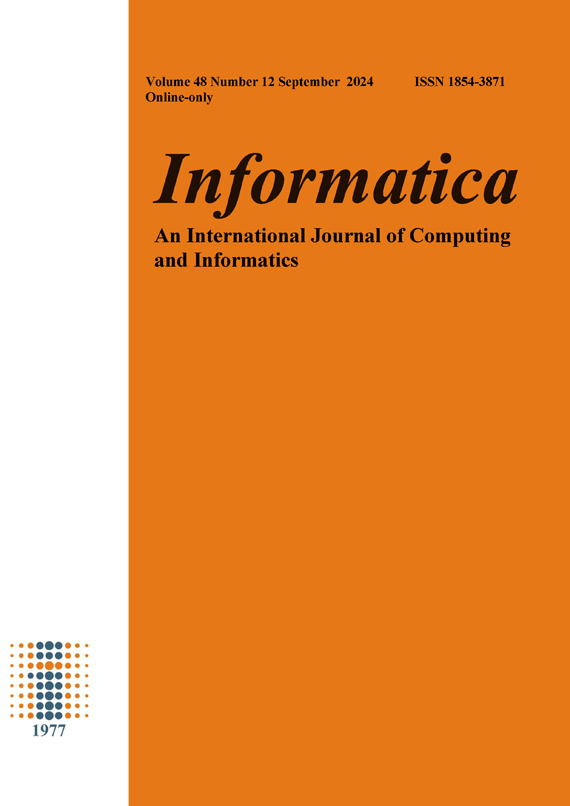Analysis of Influencing Factors of Urban Floating Population by Clustering Algorithms
Abstract
The advancement of the economy and society has driven the increase of the urban floating population, and its analysis plays an important role in urban development. In this paper, ten influencing factors including gross domestic product (GDP) and gross industrial output value were selected to analyze the status of the floating population in ten cities such as Chengdu and Tianjin in 2010 and 2020. Two irrelevant factors were eliminated by the Pearson correlation coefficient, and the remaining eight factors were used to cluster different urban categories by an improved K-means method. The results showed that from 2010 to 2020, the increase of the floating population in Chengdu and Xi 'an was more than 100%, indicating that cities with higher GDP had a stronger ability to absorb the floating population, while high housing prices did not facilitate such absorption. These analysis results provide some references for further research on the status of the urban floating population, which can be applied in actual urban population management.DOI:
https://doi.org/10.31449/inf.v48i12.5967Downloads
Published
How to Cite
Issue
Section
License
I assign to Informatica, An International Journal of Computing and Informatics ("Journal") the copyright in the manuscript identified above and any additional material (figures, tables, illustrations, software or other information intended for publication) submitted as part of or as a supplement to the manuscript ("Paper") in all forms and media throughout the world, in all languages, for the full term of copyright, effective when and if the article is accepted for publication. This transfer includes the right to reproduce and/or to distribute the Paper to other journals or digital libraries in electronic and online forms and systems.
I understand that I retain the rights to use the pre-prints, off-prints, accepted manuscript and published journal Paper for personal use, scholarly purposes and internal institutional use.
In certain cases, I can ask for retaining the publishing rights of the Paper. The Journal can permit or deny the request for publishing rights, to which I fully agree.
I declare that the submitted Paper is original, has been written by the stated authors and has not been published elsewhere nor is currently being considered for publication by any other journal and will not be submitted for such review while under review by this Journal. The Paper contains no material that violates proprietary rights of any other person or entity. I have obtained written permission from copyright owners for any excerpts from copyrighted works that are included and have credited the sources in my article. I have informed the co-author(s) of the terms of this publishing agreement.
Copyright © Slovenian Society Informatika









